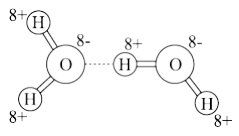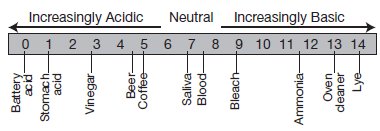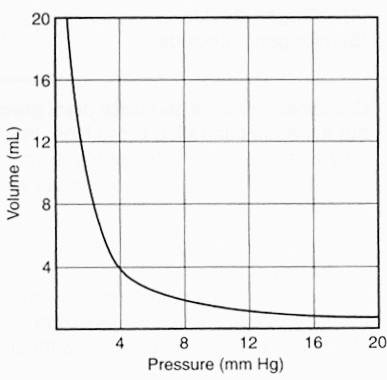Positively charged particles and negatively charged particles attract each other. An oxygen atom is highly electromagnetic, which means that it attracts electrons from atoms with which it has bonded—for example, hydrogen atoms—toward its nucleus. The result is a polar bond in which the oxygen atom takes a slightly negative charge, while the other atoms take a slightly positive charge, reinforcing the bond.

Water (H2O) consists of two hydrogen atoms bonded with one oxygen atom. Which of the following explains the process described and illustrated?
Explanation
Positively charged particles and negatively charged particles are attracted to each other. Hence the positively charged hydrogen atoms in a water molecule and the negatively charged oxygen atoms in other water molecules will form a magnetic (but not a chemical) bond, as the illustration shows. The process repeats and builds upon itself, as water molecules link together in lattice patterns that characterize snowflakes.
Visit our website for other GED topics now!






